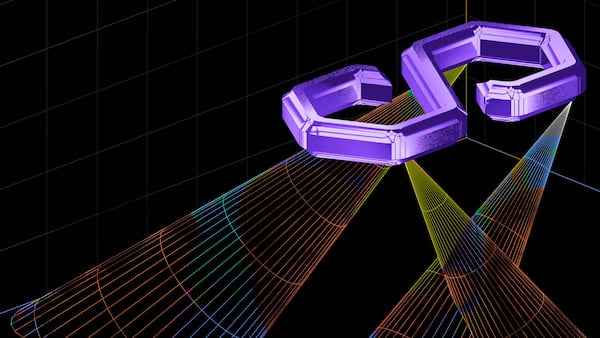Crypto exchange OKX launched its own blockchain a couple years ago. It didn’t go so hot.
“It’s still there,” Jason Lau, OKX’s chief innovation officer, said of that first foray, known as OKTC. “It’s open source, it’s decentralised. You can use it today, but it’s built on an older set of technology.”
With just $19 million in its DeFi ecosystem, OKTC is the 54th largest chain, according to Defi Llama data. Newcomer Polygon zkEVM is already ahead, while another recent entry, Scroll, is nipping at its heels.
This week, OKX launched a test network for X1, a so-called Layer 2 blockchain, whose transactions ultimately settle on Ethereum, but at a fraction of the cost of transactions that take place on Ethereum itself.
OKX is jumping into a crowded market. There are already 32 active Layer 2 blockchains on Ethereum, according to L2BEAT, and another 15, not counting X1, are on the way.
Another exchange, Coinbase, debuted its own L2 in August. That blockchain, Base, is already third in market share of ETH bridged from Ethereum with more than $580 million, behind only Arbitrum and Optimism. Kraken, another exchange, is reportedly looking for a partner with which to build its own L2.
In an interview with DL News, Lau said the time is ripe for OKX to try again.
“[In] 2017, 2018, [and] 2019, we ran into a lot of technical-slash-scalability issues,” he said of the crypto industry. “A lot of the use cases that people tried to build were just not feasible with high fees, high friction, or poor usability.”
Things have changed, however, with the rise of L2s, according to Lau.
“I think there is a very clear roadmap to solving some of the issues that we faced in terms of scalability,” Lau said, “and L2s are a key, key, part of that answer.”
The business model
The decision to build X1 was not about directly generating revenue, Lau said. Similarly, an OKX crypto wallet, a product that doesn’t generate any revenue at all, was part of the company’s long-term bet that people will conduct a great deal of business on blockchains in the future.
“[The wallet] helps our existing users that are potentially revenue generating … have hopefully a seamless and user-friendly tool for them to access this, what we think is going to be an incredible world of Web3,” he said.
“By providing that tool, we’re pretty confident that the revenue and business model will come about down the road when users value us for helping them, educating them, and providing them access to this next-generation of the internet,” Lau noted.
The real goal is to get people onto the blockchain — in this case, Ethereum. But Lau doesn’t expect activity on X1 to cannibalise OKX’s business by moving OKX users’ transactions away from OKX itself and onto decentralised exchanges on X1.
“We think this transition will take place over a medium amount of time,” he said. “And most users, I think, will have a phase where they use both services for quite a while actually.”
Comparisons with Coinbase
X1 was built using Polygon’s open-source chain development kit, a tool that makes it relatively easy to spin up a new L2 blockchain. Like Coinbase, which struck a deal to support the ongoing development of the technology that powers Base, OKX has agreed to devote engineering prowess to the Polygon CDK.
However, Lau said OKX’s agreement wasn’t informed by Coinbase’s partnership with Optimism.
“But I think in the spirit of collaboration and the spirit of contributing resources to build a bigger platform so more people can come in and develop and grow — I think that’s the angle where we definitely do share some commonality,” he said.
Since its debut in August, Base has generated $5.4 million in profit, according to crypto data provider SeaLaunch. That figure accounts for the cost of publishing Base’s data on Ethereum, but not the cost of developing the protocol.
X1 will be permissionless, meaning anyone will be able to use it or to build applications on it,and is expected to launch in the first quarter of 2024, according to Lau.
Aleks Gilbert is DL News’ New York-based DeFi Correspondent. Reach out to him with tips at aleks@dlnews.com.







